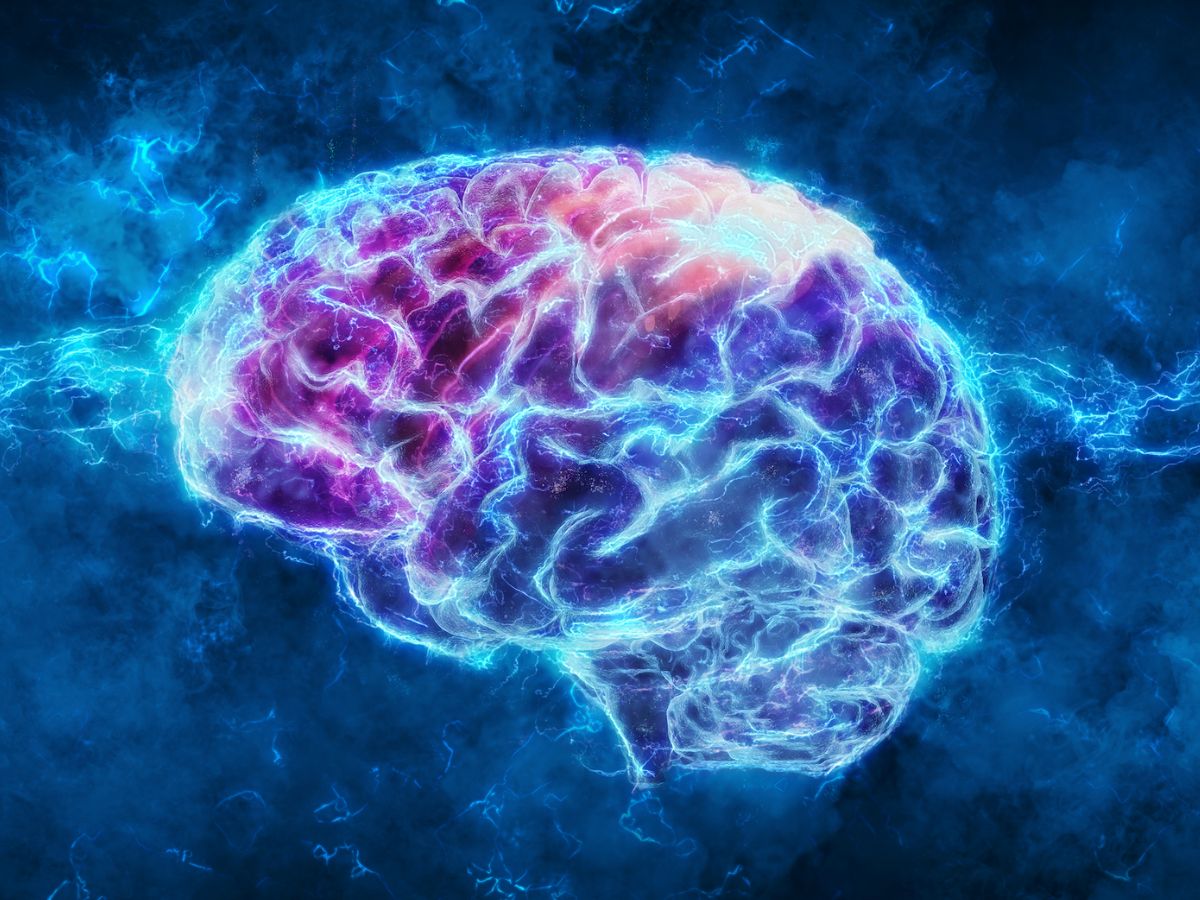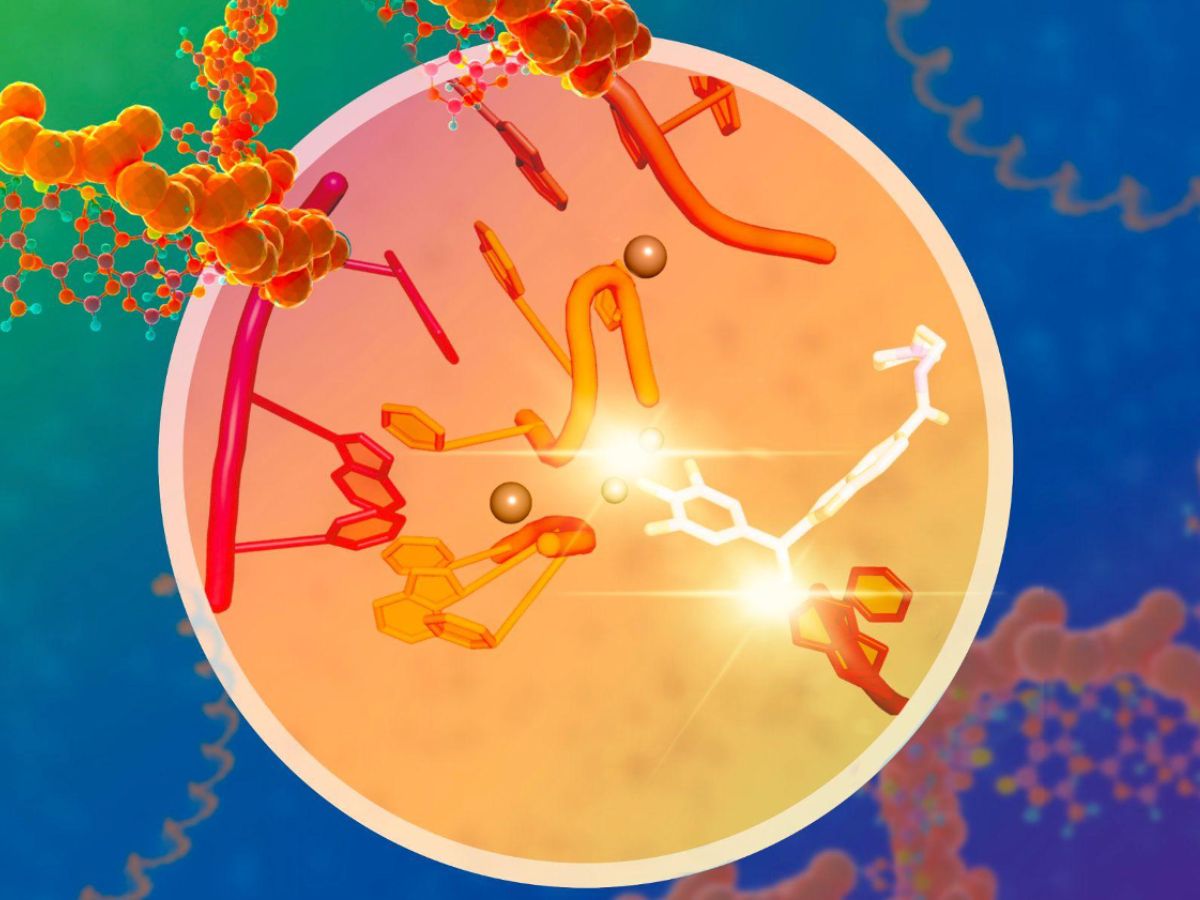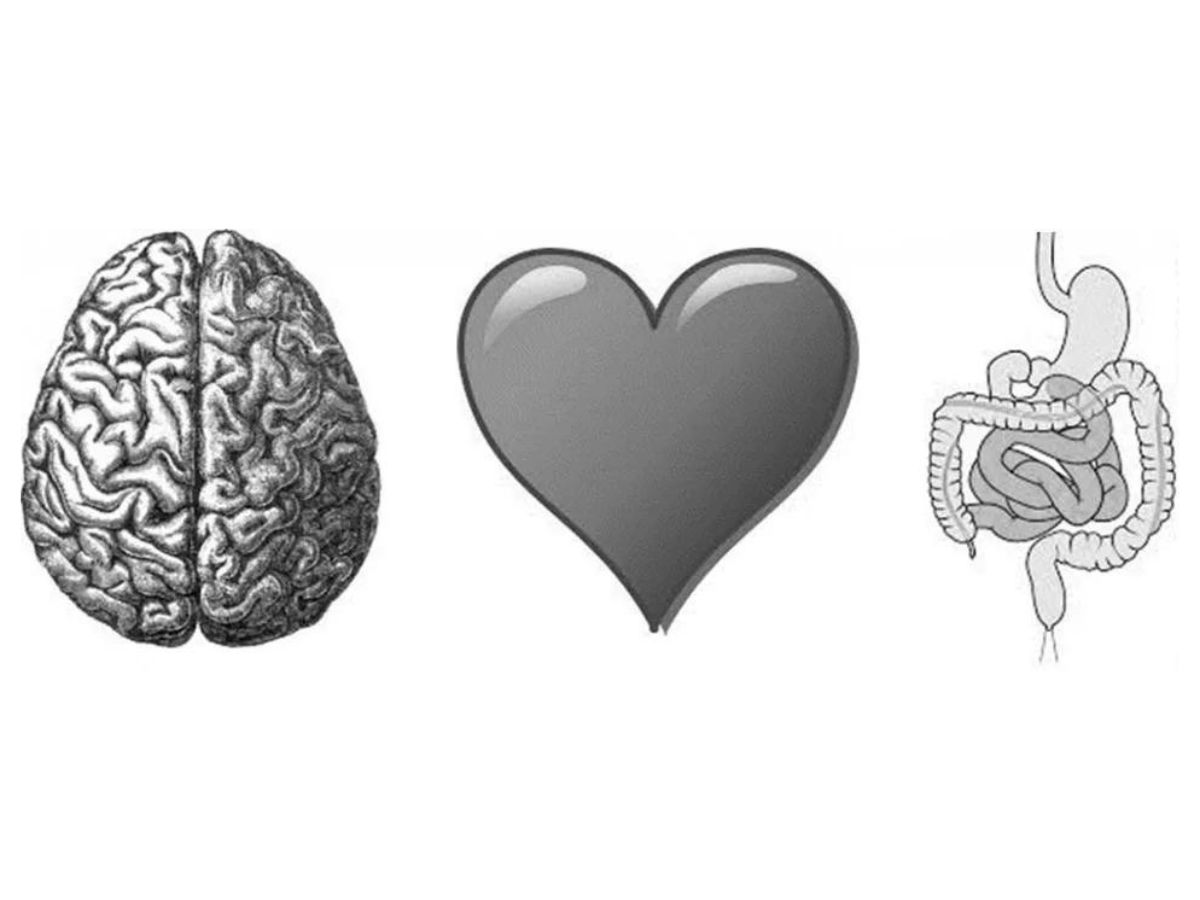Abbott, Sejnowski and Sompolinsky won the Brain Prize 2024, one of the most prestigious awards in neuroscience, for their work in in computational neuroscience
The Brain Prize 2024, one of the most prestigious awards in neuroscience, recognizes groundbreaking work in computational neuroscience. This field combines neuroscience with math and computer simulations to understand the complexities of the brain. By studying how thousands of brain cells communicate, researchers aim to decode the brain’s hidden language of electrical signals and how the brain changes in conditions like Alzheimer’s disease.
This year’s Brain Prize, the biggest award for brain research, is won by Larry Abbott (Columbia University), Terrence Sejnowski (Salk Institute) and Haim Sompolinsky (Harvard University and the Hebrew University) for their groundbreaking contributions to computational neuroscience. These three physicists ‘were taken by the beauty of what has been called the most complex system of the universe. They could not help but contribute to describing its [the brain’s] wonders in the language of maths’ wrote Tim Vogels, professor of theoretical neuroscience in the Brain Prize 2024 Commentary. Grasping the brain’s dynamics and neural networks has given us a better understanding of the brain itself and paved the way for one of the most revolutionizing technologies of today, artificial intelligence. One of the winners, Larry Abbott, believes that computational neuroscience has been so important for our understanding, because these models ‘helps to construct self-consistent hypotheses about how things work. The rigor of these models would not be possible without mathematical and computational approaches. He says that in less complex animals such as insects, in particular flies, we are already starting to completely understand the link between brain mechanisms and behavior thanks to these techniques.
Why would we need such complex mathematical models to understand our brain better? Think about every time you experience something – see the world, remember a happy moment, or engage in activities like playing football. Billions of neurons in your brain fire electrical signals to help you perceive and respond to these experiences. The timing and location of these signals carry different meanings. With about 100 billion neurons and trillions of connections in the brain, understanding these complex electrical signals is a huge challenge. Computational neuroscience uses biology and mathematical models to analyse patterns in brain activity. By doing so, scientists hope to crack the hidden code within the brain and understand how the brain changes in conditions like Alzheimer’s disease.
Within the IIT, computational neuroscience plays a crucial role in gaining deeper insights into how the brain functions. We reached out to Guiliano Iurilli, Principal Investigator in Systems Neurobiology at the IIT, for a comment on this specific field of neuroscience: ‘I think the main reason we study the brain is because we want to understand how the brain generates behaviour and not how the brain generates neuronal spikes. We want to know why I am scratching my face, and I am not jumping. What happens in the brain when we make these very simple trivial decisions? My lab does analysis on natural behaviour, there is not a task, we just look at spontaneous behaviour. Here you are not going to model the behaviour of, for example, turning left or right, but it involves many different actions. You have to model an infinite number of options. With computational neuroscientists we developed ways to model the behaviour and to predict what the next action will be. This is an interesting problem because that is basically what they do in an airport. Today, especially in the big airports, there are many cameras that look at the passengers to predict if there is a terrorist that might do something dangerous. There are already all these algorithms. That is computational neuroscience too’.
‘Computational neuroscience has helped people with damaged spinal cords walk again just by looking at its brain activity and then moving an exoskeleton’ says Iurilli referring to the work of Grégoire Courtine. Courtine and colleagues developed a way to measure intentions of movements in the brain and transfer this information to a device that can activate its muscles through the spinal cord. They succeeded to make a paralyzed man walk and even climb stairs. Iurilli: ‘That means that we understand the signals and we can cure people using computational neuroscience’.
Stefano Panzeri (Director of the Institute for Neural Information Processing at UKE, Hamburg, and also Senior Researcher at the IIT) explains that ‘mathematical models give mechanistic explanations of how brain functions emerge from interactions with neurons’. Recent research published in Nature by Panzeri and colleagues is a very elegant example of this. They wanted to understand how the brain makes decisions by looking at connections between hundreds of neurons. They discovered that in the brain there is a sort of switch between choices because neurons associated with one choice (for example, turn left) suppress electrical activity in neurons linked to another choice (for example, turn right). Their models predicted that it is indeed these very specific connections between groups of neurons that generate neuronal activity tied to choosing to go left or right. Precise neuronal interactions are thus important for making decisions. Despite the complexity of the brain, Panzeri believes that ‘every brain function can ultimately be understood and described through equations’.





